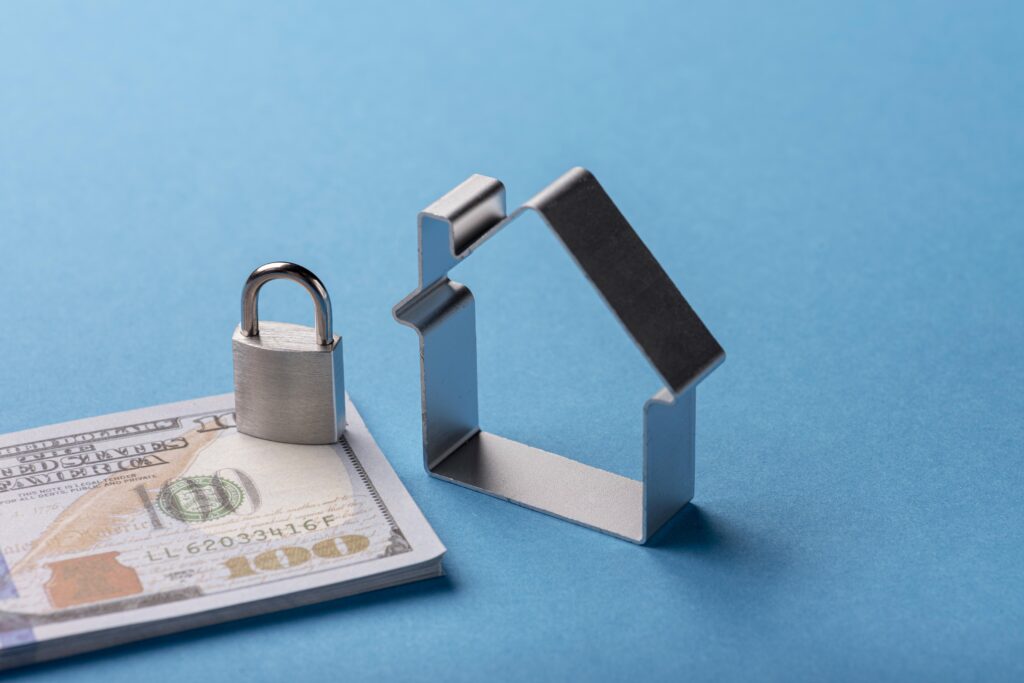The United States credit card debt has surpassed $1.21 trillion during Q2 2025 according to Federal Reserve data while credit card interest rates exceed 21% APR. Many consumers face an unsafe debt cycle because their minimum payments only pay interest while making debt elimination seem out of reach.
High-interest credit card balances can be effectively managed and eliminated through debt consolidation which stands as one of the most effective tools. The wrong strategy when consolidating debt will lower your credit score which leads to higher borrowing costs in the future.
This article demonstrates strategic credit card debt consolidation methods which minimize interest expenses without damaging your credit standing. The article presents a step-by-step guide with real examples to help you select the best approach for your situation.
Understanding Debt Consolidation vs. Debt Settlement
The first step requires you to understand the difference between debt consolidation and debt settlement.
- Debt consolidation requires you to merge multiple debts into one account through a loan or balance transfer card or credit line which should have a lower interest rate.
- The process of debt settlement requires you to work with creditors to obtain payments that are lower than your outstanding debts. The process of debt settlement will negatively affect your credit score and remain on your report for seven years.
The following article discusses debt consolidation methods which maintain your credit score.
How Credit Scores React to Debt Consolidation
The process of consolidating debt requires knowledge about FICO and VantageScore credit scoring factors to avoid damaging your credit score.
- Your payment history represents the most significant factor that affects your credit score since both late payments before and during consolidation will cause damage.
- The ratio of your credit card balances to credit limits determines your credit utilization score which makes up 30% of your total score. The right management of consolidation can lead to improved credit utilization ratios.
- The process of closing old accounts following consolidation will decrease your overall account age which makes up 15% of your credit score.
- The addition of an installment loan helps create diversity in your credit profile which counts as 10% of your credit score.
- A single hard inquiry from a consolidation loan creates a small temporary effect on your credit score.
When executed properly consolidation can enhance your credit score through reduced utilization rates and easier payment management.
Best Methods to Consolidate Credit Card Debt Without Score Damage
Balance Transfer Credit Cards
The process involves moving your current credit card balances to a new card that provides 0% APR promotional terms which usually last between 12–21 months.
Your credit score remains safe because you can maintain old accounts while making timely payments which decreases utilization and preserves your credit history.
Example:
- A $10,000 debt with 21% APR interest rate gets transferred to a 0% APR card with an 18-month promotional period and a 3% transfer fee.
- The promotional period allows you to save approximately $2,100 in interest payments when you make timely payments.
Tips:
- Make sure to pay off the entire balance before the promotional period expires.
- You should refrain from making new purchases on the transfer card.
- Avoid closing any of your old credit cards after making the transfer.
Before choosing a balance transfer option, it’s worth comparing reward structures to see if you can also benefit from perks. For example, Tiered vs. Flat-Rate Rewards: Which Credit Card Structure Fits Your Spending? explores which card types give you the best value.
Personal Consolidation Loans
The process involves obtaining a fixed-rate installment loan to eliminate all credit card debt.
Score benefits:
- The strategy reduces the amount of credit used on revolving accounts.
- The addition of different credit types creates a more diverse credit mix.

Example:
- A $15,000 credit card debt with 21% APR can be replaced by a $15,000 personal loan at 9% APR with a 48-month repayment term.
- The monthly payment amount decreases from $580 for credit cards to approximately $373 for the loan.
- The total interest paid during the loan period amounts to approximately $5,000.
Tips:
- Check for loan offers from banks together with credit unions and online lending institutions.
- Always verify lender licensing and read reviews before you fall victim to consolidation scams.
Home Equity Line of Credit (HELOC) or Cash-Out Refinance
Home equity serves as collateral to obtain a loan with lower interest rates.
Score benefits:
- The impact of installment debt on credit utilization remains lower than revolving debt.
Risks:
- Your home serves as collateral for this loan so missing payments could result in foreclosure.
- Closing costs may apply.
Homeowners who possess significant home equity and stable financial stability should consider this option.
Credit Union Debt Management Programs
Non-profit credit unions can obtain reduced interest rates from card issuers through negotiations while maintaining their open accounts.
Score benefits: No new hard inquiries; accounts remain active.
Note: Not all creditors participate; check eligibility.
Common Mistakes That Hurt Your Score During Consolidation
- The process of closing old credit cards leads to reduced available credit and shorter credit history.
- A single missed payment will cause your credit score to decrease by more than 100 points.
- Using the full capacity of the new account will increase your utilization ratio and eliminate the benefits you receive.
- Applying for too many loans/cards — multiple hard inquiries can look risky to lenders.
Real-World 3-Year Outcome Comparison
| Method | Starting Debt | Interest Rate | Time to Pay Off | Total Interest Paid | Credit Score Impact |
|---|---|---|---|---|---|
| Balance Transfer Card | $10,000 | 0% (18 mo) | 1.5 years | $300 (fee only) | Positive |
| Personal Loan | $15,000 | 9% (48 mo) | 4 years | $2,900 | Neutral/Positive |
| No Consolidation | $10,000 | 21% | 10+ years (min. pay) | $12,000+ | Negative |
Myth vs. Reality: Debt Consolidation and Your Credit Score
Myth 1: “Any consolidation hurts your credit.”
Reality: Properly managed consolidation can improve your score.
Myth 2: “You should close your old cards after consolidation.”
Reality: Keep them open to maintain credit history and utilization.
Myth 3: “Only people in financial trouble consolidate debt.”
Reality: Many high-score borrowers consolidate to lower interest rates.
Action Plan: How to Consolidate Without Score Damage
- Check your credit report at AnnualCreditReport.com.
- Calculate your current utilization and target a post-consolidation ratio under 30%.
- Select the most suitable method according to your needs for interest rate savings and term length and flexibility.
- Avoid new debt during repayment.
- Check your credit score every month to verify the improvements.
Debt consolidation functions as a financial instrument rather than a magical solution. Strategic use of debt consolidation helps reduce interest expenses while making payments easier to manage and improving your credit score. The success of debt consolidation depends on selecting appropriate methods while preventing typical errors and maintaining strict payment discipline.
When you use consolidation as the foundation for improved financial behavior instead of a temporary solution you will pay off debt more quickly while safeguarding your future credit standing.

Hi, I’m Fernando Pham, and welcome to WhyDetails.com! I’m from San Francisco, and I love exploring questions and sharing answers through my blog.



